Symbols and Graphic Representations in Indian Inscriptions
Synopsis
Indian inscriptions have been studied for their text and have provided a wealth of information of great historical value and importance. Symbols occurring in inscriptions as well as graphic representations have somehow not received as much attention, except for a few symbols, in contrast to the study of symbols in coins, art, mythology, etc. Symbols and Graphic Representations in Indian Inscriptions is a study of these renderings in inscriptional text, considered insignificant by most scholars. It is a pioneering work in which the earliest symbols, the svastika, the symbol for Om or siddham, and various other symbols and graphic representations in inscriptions have been meticulously collected and analysed in spatial and temporal perspective. Analogous information as well as comparative material available in other representational media has been used to provide yet another perspective to the symbols and graphic representations in inscriptions. The entire repertoire of symbols discussed here has also been fully illustrated, adding to the value of the work.
Read more
39.60
35.64
$
44.00 $
Free delivery Wolrdwidе in 10-18 days
Ships in 1-2 days from New Delhi
Membership for 1 Year $35.00
Get it now and save 10%
Get it now and save 10%
BECOME A MEMBER

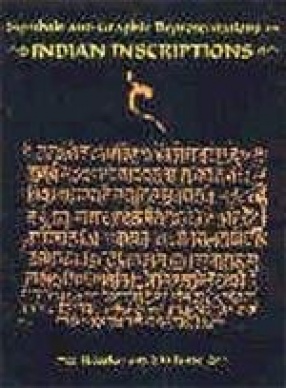
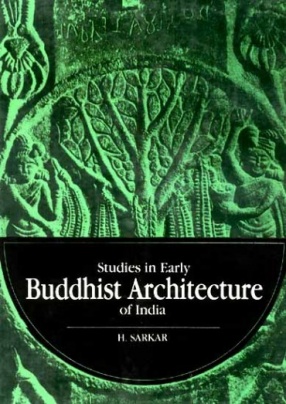
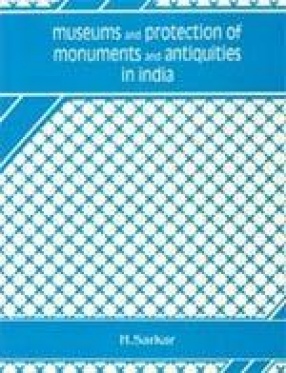
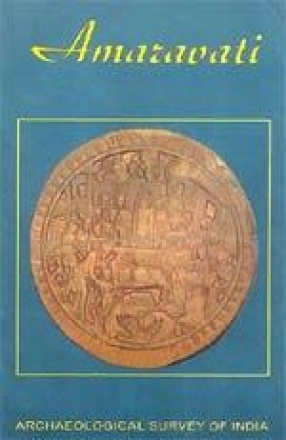
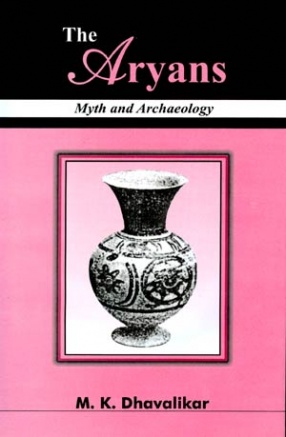
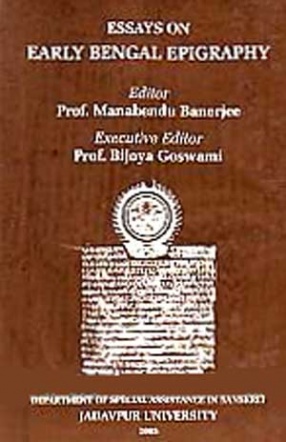
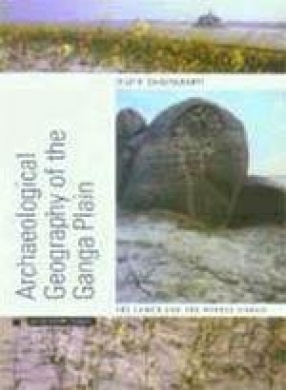
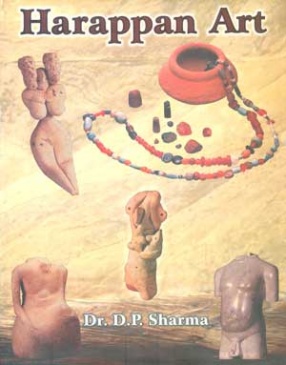

Bibliographic information
H. Sarkar